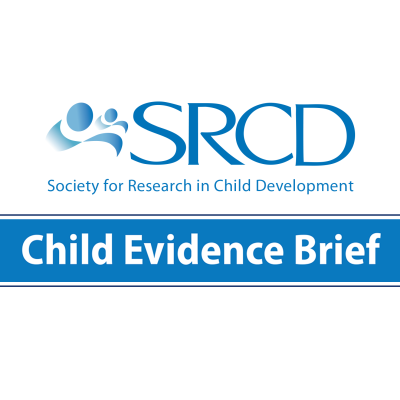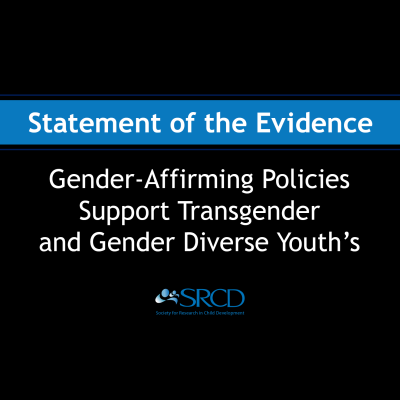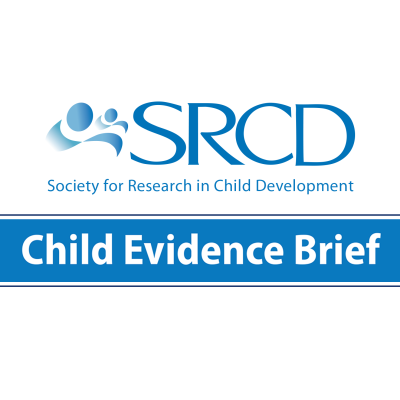Creating Universal Tiered Systems to Prevent Child Maltreatment
Authors
- Deborah Daro, Ph.D., Senior Research Fellow, Chapin Hall at the University of Chicago
Each year, an estimated one in seven children experience physical abuse, sexual abuse, neglect, or emotional maltreatment at the hands of their parents or primary caretakers.1 While not all of these children are reported to local officials, child welfare agencies confirm the problem is widespread. These agencies document a victimization rate of 9.1 per 1,000 children and 25 per 1,000 children under age 5. Most tragically, close to 1,800 children die each year from maltreatment, three-quarters of whom are under age 3.2 The effects of maltreatment include immediate and often permanent physical injury, as well as impairments in emotional and cognitive development, impacts that can last a lifetime.3 Beyond the effects on individual children, society pays a high price for failing to prevent maltreatment. Studies show the total economic burden associated with confirmed cases of child maltreatment from 2015 alone will top $2 trillion in additional health care, child welfare, juvenile justice, and special education costs, as well as reduced quality of life for the victims of maltreatment through their lifetimes.4 Therefore, it is essential to prevent, not simply respond to, child maltreatment. Evidence shows that a promising approach involves “tiered systems,” or systems that provide universal support to all parents while targeting more in-depth interventions to those who are in need of them.5
Reauthorizing CAPTA Presents an Opportunity for Prevention Efforts
Since passage of the Child Abuse Prevention and Treatment Act (CAPTA) in 1974, the federal government, in partnership with state child welfare agencies and community service providers, has funded a number of programs to prevent child maltreatment.6 CAPTA has been revised multiple times, expanding its mission but only modestly increasing appropriation levels. Legislative discussions are now focused on securing a ten-fold increase in funding for CAPTA, creating an opportunity to scale up and better integrate prevention services. By investing in tiered models that incorporate both universal and targeted interventions, communities can lower rates of maltreatment and enhance the capacity of all parents to nurture their children and protect them from harm.
The Impacts of Current Prevention Programs Are Mixed
For almost 30 years, prevention efforts have focused on targeting high-risk parents, primarily through replicating and improving evidence-based homevisiting programs. Repeated evaluations conducted throughout this period have found that home visiting can strengthen parent-child interactions and enhance child development. Impacts on rates of child maltreatment have been less consistent.7 A recent federal evaluation of the four most commonly used approaches for high-risk parents confirms that homevisiting programs improve parenting behaviors and the quality of home environments. However, effects on reports of child maltreatment remain elusive, and programs often struggle to engage and retain the most challenged families.8 It is increasingly clear that targeted programs, even those that are theoretically sound and well implemented, require a more supportive context that recognizes the universal challenges all parents face.
Starting with Universal Strategies May Prove More Effective in Preventing Maltreatment
Starting first with universal strategies that reach out to all new parents in a community normalizes expectations around seeking assistance and creates a context that is more hospitable to early engagement. Rather than focusing solely on high-risk families identified through preconceived characteristics, a tiered system of universal and targeted prevention services can better identify families with heightened needs, offer them additional services that match their individual needs, and improve efficiency.
Research on the implementation and impacts of such strategies is growing. For example, Family Connects provides a home visit by a nurse to all new parents following the birth of their infant within an identified service area, conducts a common assessment, and links families to other appropriate services, including intensive programs when warranted.9 Research shows that the program has reduced maltreatment, decreasing serious infant injuries or illnesses by 35 percent and protective service investigations by 39 percent. The program, which costs about $690 per family, estimates a 3-to-1 return on investment over a child’s first two years.10
Welcome Baby, a nine-month home-visiting program, offers all new parents in an identified community at least one visit by a nurse and ongoing support by a trained parent coach to address infant care and parenting skills. Families facing the most difficult challenges are referred to more intensive services.11 An evaluation of the program found favorable impacts on parental capacity, child development, and use of services up to three years following enrollment in the program.12 Welcome Baby has also demonstrated the capacity of a universal strategy to leverage greater investments by local providers in more intensive services, who feel their collective resources are being more effectively utilized. This is contributing to the systemic change necessary to support a tiered prevention system with appropriate capacity for both universal and targeted services.13
Conclusion
A substantial increase in CAPTA allocations can provide resources to create a tiered prevention system that recognizes the value of supporting both universal and targeted efforts. Coupled with a solid array of evidence-based targeted programs, universal services offer an efficient way to allocate the most costly prevention services. Such an approach reduces the stigma associated with enrollment in parent support programs because accessing targeted prevention services is no longer a sign of potential failure as a parent but rather a proactive first step in gaining supports that parents may need and their children deserve.
Endnotes / References
(1) Fortsom B., Klevens J., Merrick, M., Gilbert, L., & Alexander, S. (2016). Preventing Child Abuse and Neglect: A Technical Package for Policy, Norm, and Programmatic Activities. Atlanta, GA: National Center for Injury Prevention and Control Centers for Disease Control and Prevention (CDC).
(2) U.S. Department of Health & Human Services, Administration for Children and Families, Administration on Children, Youth and Families, Children’s Bureau (2019). Child Maltreatment 2017. Available from https://www.acf.hhs.gov/cb/research-data-technology/statistics-research/child-maltreatment
(3) National Research Council (2014). New Directions in Child Abuse and Neglect Research. Washington, DC: National Academy Press.
(4) Peterson, C., Florence, C., & Klevens, J. (2018). The economic burden of child maltreatment in the United States, 2015. Child Abuse and Neglect, 86, 178-183.
(5) Daro, D. Dodge, K. A., & Haskins, R. (Eds). (2019). Universal approaches to promoting healthy development. Future of Children, 29(1).
(6) National Child Abuse and Neglect Training and Publication Project (2014). The child abuse prevention and treatment act: 40 years of safeguarding American’s children. Washington DC: US Department of Health and Human Services Children’s Bureau.
(7) Sama-Miller, E., Akers, L., Mraz-Esposito, A., Zukiewicz, M., Avellar, S., Paulsell, D., & Del Grosso, P. (2018). Home Visiting Evidence of Effectiveness Review: Executive Summary. Washington, DC: Office of Planning, Research and Evaluation, Administration for Children and Families, U.S. Department of Health and Human Services. Retrieved from https://homvee.acf.hhs.gov/homvee_executive_summary.pdf
(8) Michalopoulos, C., Crowne, S. S., Portilla, X. A., Lee, H., Filene, J. H., Duggan, A., ... & Knox, V. (2019). A summary of results from the MIHOPE and MIHOPE-Strong Start studies of evidence-based home visiting (Publication No. 23171787025b46589a5e545fb45db441). Washington, DC: Office of Planning, Research, and Evaluation, Administration for Children and Families, U.S. Department of Health and Human Services.
(9) Dodge, K. A., Goodman, W. B., Murphy, R., O’Donnell, K., & Sato, J. (2013). Toward population impact from home visiting. Zero to three, 33(3), 17.
(10) Dodge, K. A., Goodman, W. B., Murphy, R. A., O’Donnell, K., Sato, J., & Guptill, S. (2014). Implementation and randomized controlled trial evaluation of universal postnatal nurse home visiting. American Journal of Public Health, 104(S1), S136-S143. https://doi.org/10.2105/AJPH.2013.301361; Dodge, K. A., Goodman, W. B., Murphy, R. A., O’Donnell, K., & Sato, J. (2013). Randomized controlled trial of universal postnatal nurse home visiting: impact on emergency care. Pediatrics, 132(Supplement 2), S140-S146. https://doi.org/10.1542/peds.2013-1021M
(11) Hunter, S.B., Kilburn, M.R., Mattox, T., Cannon, J.S., Marsh, T., Felician, M., … & Cefalu, M. (2017). Welcome Baby Implementation and Outcomes Evaluation. Santa Monica, CA: RAND.
(12) Hill, I., Wilkinson, M., & Benatar, S. (2014). First 5 LA Welcome Baby Expansion: Early Implementation Experiences. Washington, DC: The Urban Institute.
(13) Los Angeles County Department of Public Health & Health Agency (2018). Strengthening Home Visiting in Los Angeles County: A Comprehensive Plan to Improve Child, Family and Community Well-Being. Los Angeles, CA: Los Angeles County Department of Public Health & Health Agency. Retrieved from http://publichealth.lacounty.gov/mch/reports/Home%20Visiting%20Report%202018_FINAL.pdf


